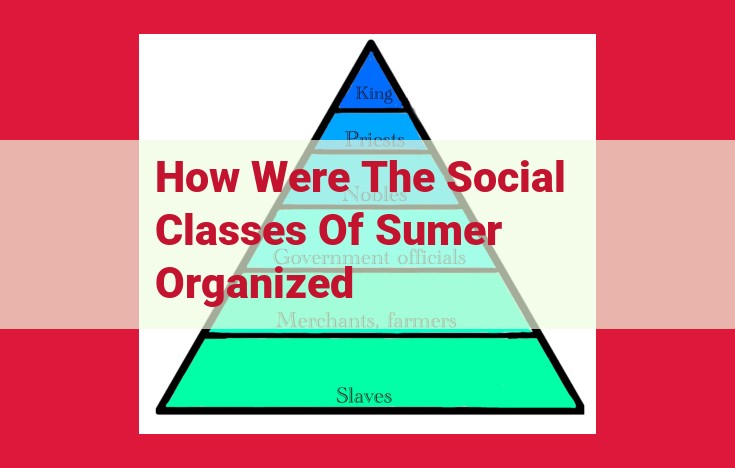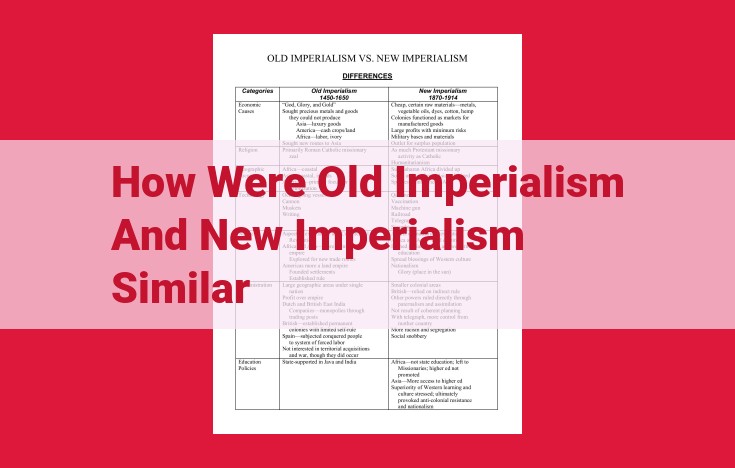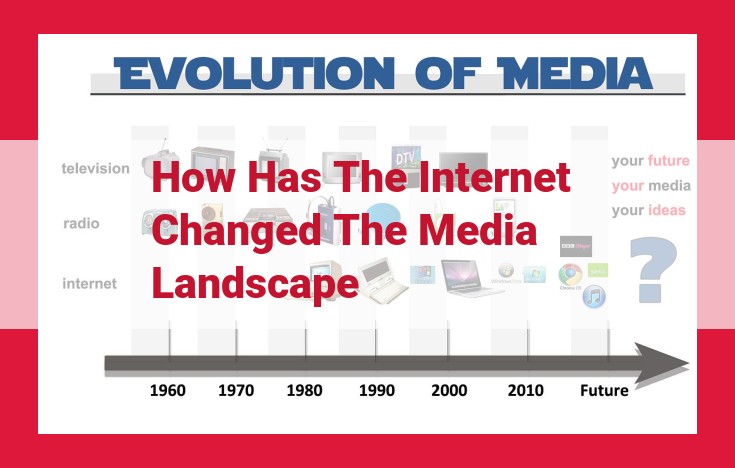The Ottoman Turks, under Mehmed II, laid siege to Constantinople, the Byzantine capital, in 1453. With superior artillery and tactics, the Ottomans breached the city walls, ending the Byzantine Empire. The conquest marked the rise of the Ottoman Empire as a dominant power in the Mediterranean region.
**Political Entities: The Byzantine and Ottoman Empires**
The Byzantine Empire: Rise and Fall
In the 4th century AD, the vast Roman Empire split into two halves, creating the Byzantine Empire in the east. Over the centuries, the Byzantines established a thriving civilization centered in Constantinople, the former capital of Rome. The empire’s strength lay in its well-organized bureaucracy, advanced infrastructure, and skilled military. However, a series of wars, both foreign and internal, gradually weakened the empire, leading to its eventual decline in the 15th century.
The Ottoman Empire: Origins and Expansion
In the 13th century, a small Turkic tribe known as the Ottomans emerged from the remnants of the Seljuk Empire. Under the astute leadership of Osman I, the Ottomans began expanding their territory into neighboring lands. They established a centralized Sultanate and built a powerful military that incorporated both cavalry and infantry. Through a combination of conquest and alliances, the Ottomans gradually extended their dominion over most of the Middle East, North Africa, and Eastern Europe.
The Eastern Orthodox Church
The Eastern Orthodox Church played a crucial role in shaping the political landscape of the Byzantine Empire. The Byzantines considered the Emperor to be the “Vicar of Christ”, giving him both religious and political authority. The church provided doctrinal and spiritual guidance to the population, legitimizing the power of the Emperor and helping to maintain social order.
The Ottoman Sultanate: Administrative Structure
The Ottoman Sultanate had a highly organized administrative structure. The Sultan, the absolute ruler, was assisted by a Grand Vizier, who served as the Prime Minister. The empire was divided into provinces, each governed by a Pasha. The Ottomans implemented a system of taxation and military conscription that allowed them to maintain a large standing army and an extensive bureaucracy.
Military Entities of the Byzantine and Ottoman Empires
The Byzantine and Ottoman Empires boasted formidable military forces that shaped the course of history in the Eastern Mediterranean and beyond.
Byzantine Army: Defenders of the East
The Byzantine Army was renowned for its sophisticated organization and advanced tactics. It consisted of professional soldiers, mercenaries, and heavily armed cavalry, famously deployed in the thema system – a network of military provinces that ensured a rapid response to threats. Byzantine commanders employed a range of siege weapons, including the Greek fire, a deadly incendiary device that terrified enemies.
Ottoman Army: Conquest and Expansion
The Ottoman Army emerged from humble origins to become one of the most formidable military powers in the world. Their strength lay in their highly disciplined and well-trained infantry, the Janissaries. These elite soldiers were recruited as young boys from Christian families and subjected to rigorous training. The Ottomans also utilized artillery and siege warfare with devastating effect. Their mastery of these techniques enabled them to conquer vast territories, including the capture of Constantinople in 1453.
Janissaries: The Empire’s Elite Force
The Janissaries played a pivotal role in the Ottoman Empire’s military dominance. Recruited from Christian communities, they were converted to Islam and subjected to intensive training and indoctrination. They formed a loyal and formidable standing army, crucial to the Ottoman’s military campaigns and conquests.
Geographical Entities: Constantinople, the Heart of the Byzantine Empire
At the crossroads of Europe and Asia, where the Bosporus Strait narrows, stood Constantinople, a city of unparalleled strategic importance. For centuries, it served as the radiant capital of the Byzantine Empire, guarding the passage between the Black Sea and the Mediterranean, and controlling trade routes that connected the Orient with the West.
Nestled on a promontory between the Sea of Marmara and the Golden Horn, Constantinople’s natural defenses made it an impregnable fortress. Its towering walls, reinforced by massive towers, protected its inhabitants from invaders. The city’s strategic location allowed it to monitor sea traffic and control access to the Black Sea, making it a vital hub for commerce and diplomacy.
Constantinople’s importance extended beyond its military significance. As the political and administrative center of the Byzantine Empire, it played a pivotal role in shaping the political and cultural landscape of the region. The city was home to the Hagia Sophia, a magnificent cathedral that showcased the architectural brilliance of the Byzantine era, and the Great Palace, a sprawling complex that housed the imperial court and government.
The city’s strategic value and cultural significance made it a coveted prize throughout history. Its fall to the Ottoman Empire in 1453 marked a major turning point in the history of both empires and the region as a whole.
The Siege of Constantinople: A Turning Point in History
The year 1453 marked a pivotal moment in the annals of history as the Byzantine Empire, a beacon of civilization for over a millennium, faced its final hour. Under the relentless onslaught of the Ottoman Empire, led by the ambitious Mehmed II, Constantinople, the imperial jewel of the Byzantines, stood on the brink of a fateful siege.
The Ottoman army, a formidable force of 50,000 soldiers, laid siege to the city for 53 days. Mehmed II deployed a vast array of siege weaponry, including giant cannons that hurled thunderous stone balls into the city’s walls. The Byzantines, vastly outnumbered and outgunned, held their ground with unwavering determination.
The siege reached its climax on May 29, 1453, when Ottoman troops breached the _ Theodosian Walls_, the city’s last line of defense. Amidst the chaos and carnage, the last Byzantine emperor, Constantine XI, fell in battle, marking the end of an era.
Constantinople’s fall had far-reaching consequences. It shattered the Byzantine Empire, a bastion of Christianity in the East. The Ottomans, upon conquering Constantinople, renamed it Istanbul and established it as the capital of their vast empire. The Orthodox Church, the spiritual heart of Byzantium, continued to exist under Ottoman rule, but its influence diminished significantly.
The Siege of Constantinople also served as a harbinger of future conflicts. It marked the beginning of the Ottoman Empire’s ascendance as a dominant power in the Mediterranean and the Balkans, setting the stage for centuries of struggle and rivalry in the region.
Mehmed II: The Conqueror of Constantinople
The Rise of a Legend
Mehmed II, the seventh Ottoman sultan, emerged as a formidable figure in the mid-15th century. Known as “the Conqueror,” Mehmed ascended to power at a young age, inheriting a vast and ambitious empire. His unwavering determination and military brilliance would forever etch his name in the annals of history.
The Siege of Constantinople: A Triumphant Conquest
Mehmed’s greatest triumph came in 1453 with the Siege of Constantinople. For centuries, the Byzantine capital had stood as an impregnable fortress, defying countless attempts by invading armies. However, Mehmed, with his innovative siege tactics and colossal cannons, shattered these defenses.
After a protracted siege of 53 days, Mehmed’s forces breached the city walls and triumphed over the last fragments of the Byzantine Empire. Constantinople fell under Ottoman control, marking a pivotal moment in history.
A Visionary Ruler and Cultural Patron
Beyond his military prowess, Mehmed II was also a visionary ruler. He established Istanbul as the new Ottoman capital and embarked on a series of ambitious projects to enhance its glory. He commissioned mosques, libraries, and hospitals, fostering a vibrant cultural hub that became a beacon of knowledge and art.
Mehmed’s patronage of the arts extended to scholars, poets, and architects. He transformed Istanbul into a melting pot of cultures, where Byzantine and Islamic influences seamlessly blended.
A Lasting Legacy
Mehmed II’s reign had a profound impact on both the Ottoman Empire and the world stage. His conquest of Constantinople marked the end of the Eastern Roman Empire and ushered in a new era of Ottoman dominance in the region.
As a visionary ruler and cultural patron, Mehmed II left an enduring legacy that continues to inspire generations. His name remains synonymous with conquest, innovation, and the grandeur of the Ottoman Empire.











